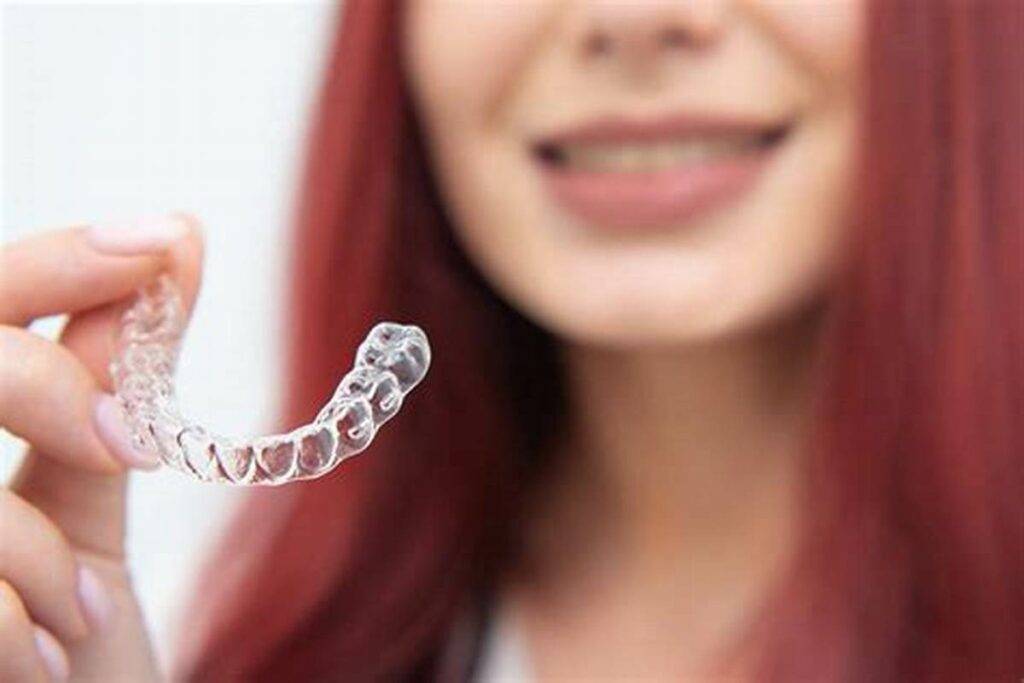Clear aligners have transformed orthodontic care, offering patients a discreet and comfortable alternative to traditional braces. Behind their sleek, transparent appearance lies advanced material science that plays a critical role in their effectiveness, durability, and patient experience.
Understanding the science behind clear aligner materials sheds light on why these innovations matter for successful treatment outcomes.
The foundation of clear aligners is thermoplastic polymers, engineered for their strength, flexibility, and transparency. These polymers are designed to apply controlled, continuous forces to move teeth gradually into the desired position.
Unlike traditional orthodontic wires, which rely on periodic adjustments, clear aligners offer a pre-programmed path of tooth movement, enabled by the material’s precise properties.
One key requirement for aligner materials is their ability to maintain consistent force over time. Tooth movement depends on a steady application of pressure, and any loss of force can compromise treatment progress.
Advanced materials used in modern aligners are formulated to resist deformation, ensuring they retain their shape and effectiveness throughout each wear cycle. This durability contributes to predictable outcomes and minimizes the need for frequent replacements.
Comfort is another critical factor influenced by aligner material. Patients are less likely to comply with treatment if aligners cause discomfort.
The smooth surface and flexibility of advanced thermoplastics minimize irritation to the gums and cheeks, making aligners more comfortable to wear. Additionally, these materials are carefully tested for biocompatibility, ensuring they are safe for prolonged contact with oral tissues.
Transparency is essential for the aesthetic appeal of clear aligners. The materials used must be virtually invisible while also resistant to staining from food, beverages, or oral hygiene products.
Innovations in polymer chemistry have led to the development of materials that not only stay clear over time but also provide a glossy finish that enhances their discreet appearance.
The science behind aligner materials also extends to their thickness and flexibility. Aligners need to strike a balance between rigidity and adaptability to accommodate various tooth movements.
For example, thinner materials may be better suited for minor adjustments, while slightly thicker materials provide the strength needed for complex corrections.
The ability to customize aligner thickness based on individual treatment needs is a testament to the sophistication of modern aligner material science.
Recent advancements have introduced multi-layered aligner materials that combine different polymer layers for improved performance. These layers work together to provide optimal force application, durability, and patient comfort.
Multi-layer technology allows aligners to adapt to the unique forces required for different stages of treatment, improving overall efficiency.
Environmental considerations are also influencing the development of aligner materials. With sustainability becoming a priority, researchers are exploring eco-friendly alternatives to traditional polymers.
Biodegradable or recyclable materials are being tested to reduce the environmental impact of clear aligners, ensuring that innovation aligns with sustainability goals.
The science behind clear aligner materials is a driving force behind their success as an orthodontic solution. These advanced materials enable aligners to deliver consistent, predictable results while prioritizing patient comfort and aesthetics.
As research continues, the evolution of aligner materials promises even greater innovations, making clear aligners a more effective, sustainable, and patient-friendly option for achieving the perfect smile.


